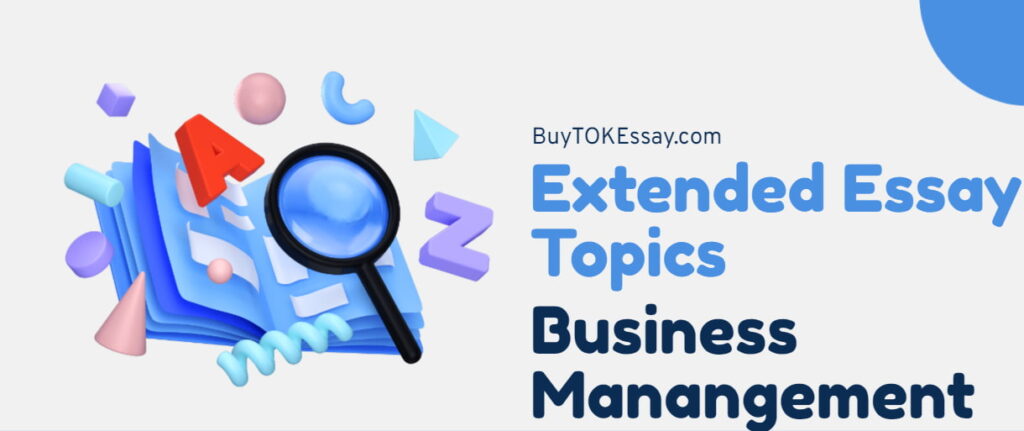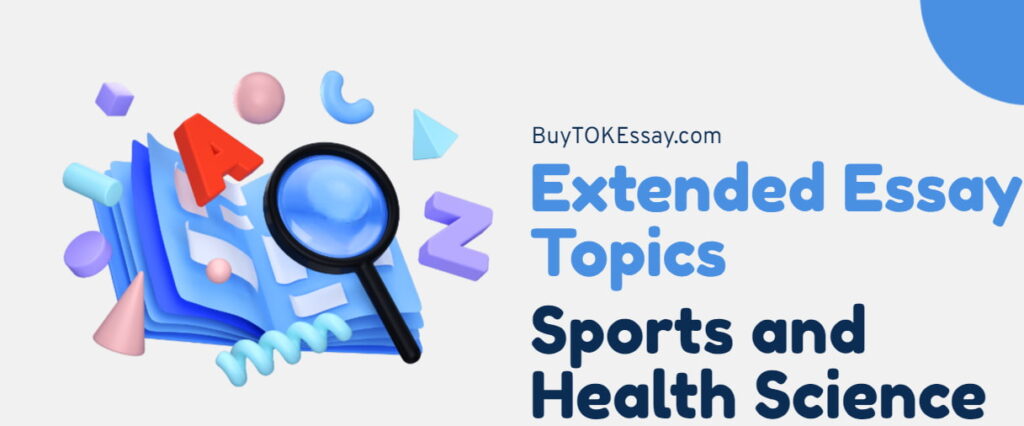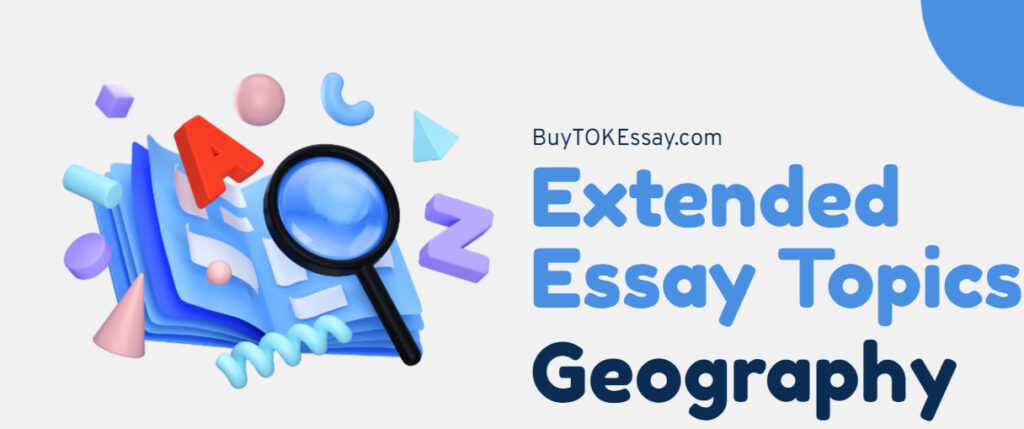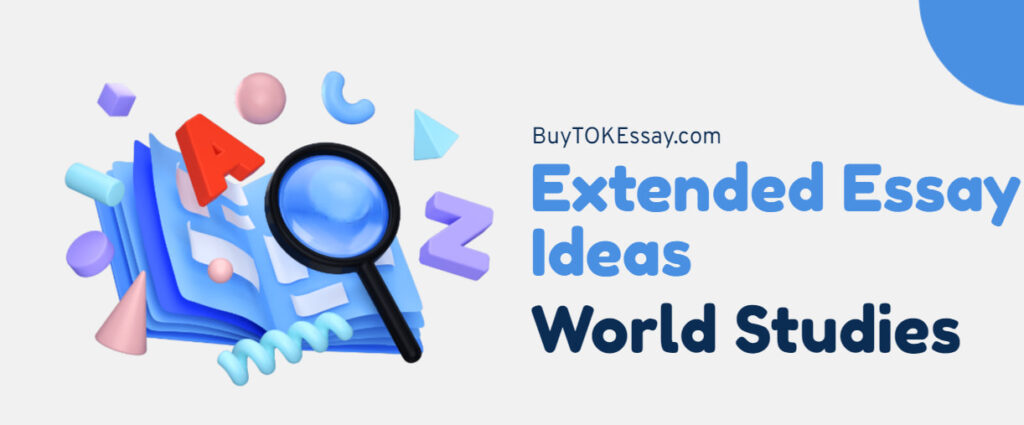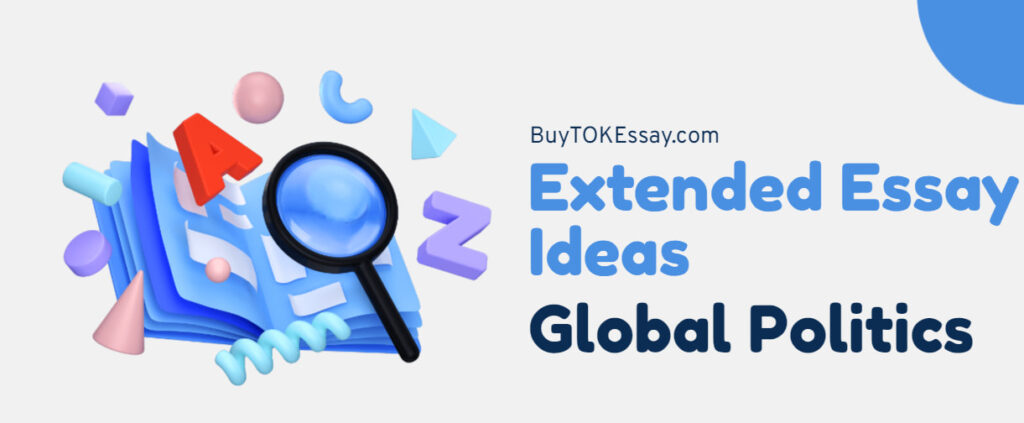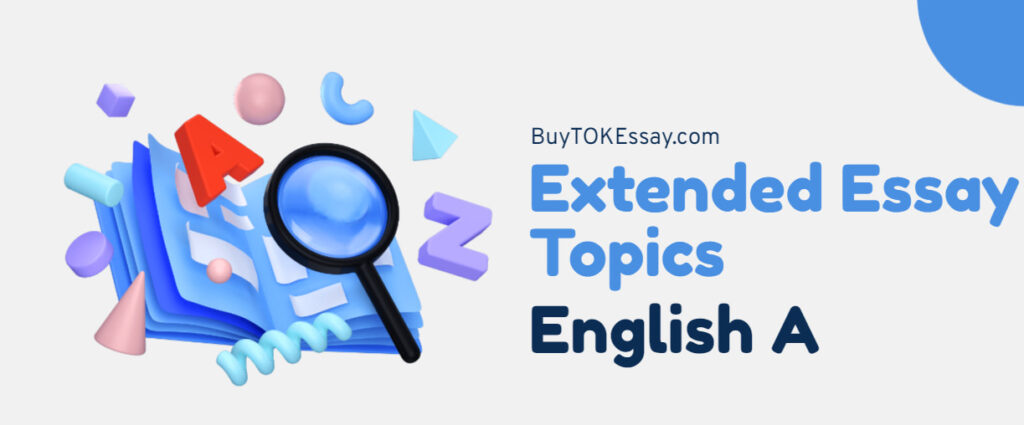I can see that students are attempting to find the ideal balance when they question me about the recommended amount of sources for an IB EE. It’s a matter of strategy, in my experience. A well-researched extended essay does more than just match the requirements; it backs up your claims with certain types of sources.
To be clear, you do not get a set number from the International Baccalaureate. But having worked on hundreds of successful EE submissions, I can state with confidence that the quality, diversity, and applicability of your sources are just as important as the count itself.
So, what is the recommended amount of sources for an IB EE? Let’s break this down.
What Type of Sources Should You Use for IB EE?
One of the most common misunderstandings I see while assisting IB students with the extended essay writing process is the idea that “strong research” is synonymous with “a lot of sources.” Let’s be clear, though: if quality and diversity are lacking, the number is meaningless. Your sources must be reliable, useful, and diverse if you want to get good grades.
Actually, a good EE is different from a great one because it shows that you chose the right types of sources instead of just stacking them up.
Primary vs. Secondary Sources
You will need to find a balance between primary and secondary sources, but it all depends on your subject. Primary sources are original materials, including datasets, historical records, interviews, and lab reports. On the other hand, secondary sources interpret or evaluate such materials.
As an example:
- As primary sources, a Biology EE can use original research papers and lab data.
- For primary sources, a History EE will benefit from government records, notes, and newspaper archives. For secondary sources, textbooks and academic papers will be helpful.
- Most of the time, the text you’re studying is your primary source in literature. Journal articles that discuss this text are your secondary sources.
The IB wants you to use both types of sources, especially in subjects that require extensive research or analysis.
Academic vs. Non-Academic Sources
The majority of students struggle in this area as well. Even when a podcast is well-edited, it loses academic weight if it is not cited correctly or subjected to peer review. Although they shouldn’t serve as the cornerstone of your argument, it doesn’t imply you can’t use them.
Instead, give priority to sources such as:
- Academic journals that undergo peer review.
- Textbooks that are subject-specific.
- Proceedings of a conference.
- Reports from the government institutions.
- Reliable academic websites.
You are still allowed to reference articles, documentaries, expert interviews, blog entries, or opinion pieces (but only in moderation and with the appropriate context). However, they should be used in addition to your academic sources, not in place of them.

How Many Sources Do You Need for an IB Extended Essay?
The recommended amount of sources for an IB EE is now at the center of our discussion. As I’ve worked with students in all kinds of subjects, I’ve found that the best number is usually between 10 and 15 carefully chosen, high-quality sources.
While still being easy to work with in terms of organization and reference, this range gives you enough information to make a well-thought-out case based on evidence. You can show that you did a lot of research, include different points of view, and back up your views without making your EE look like a jumbled list of references.
However, there is no universally accepted amount of sources to use in an extended essay. Some subjects need a bigger range of sources. To represent various views, primary reports, and secondary research, for instance, you might need 15–20 sources in History.
EEs in Mathematics, on the other hand, tend to use only 5–8 sources, and each one is looked into in great detail. This is because the essay is more about how the student personally interacts with mathematical models or proofs.
Additionally, remember that IB examiners prefer interaction over mere accumulation. Alternatively, consider this: having 12 relevant sources that you engage with critically is preferable to having 25 that are referenced once and then forgotten.
Therefore, instead of asking, “How many do I need?” consider if the sources you have picked have helped you develop a coherent, convincing, and well-supported argument.
How to Mix and Match Sources in IB Extended Essay?
Learning how to mix and match sources well is one of the most important (but often ignored) things you can do to write an outstanding extended essay.
Using too many sources of the same type, even if they are all academic, can hurt your case. This is something I’ve learned from working with IB students on various topics. Why? Because diversity and balance are just as important to the IB as detail in research.
Instead of putting ten similar journal articles in your reference or only using quotes from your textbook, try to use a variety of sources that serve different purposes in your essay. Each type of source gives you something different: some give you raw data, others give you interpretations, and still others help you understand how the data fits into the real world.
Below is an example of what a comprehensive source list may look like:
📘 2–3 peer-reviewed academic journals – the analytical backbone of your essay.
📗 1–2 textbooks or subject-specific books – theory, definitions, and structured knowledge.
🧾 1–2 primary sources – original data, texts, experiments, interviews, or historical records.
🏛 1 official institution or government source – credibility and factual grounding.
📰 1–2 current events or media sources – real-world relevance and application.
You may create a multi-layered argument that seems knowledgeable, analytical, and culturally aware by using this kind of mix. International-mindedness, one of the fundamental tenets of IB research, is also reflected in it. Citing perspectives from other fields or backgrounds implies that you have considered options beyond the apparent.
So, ask yourself, “What new angle or strength will this source bring to my essay?” the next time you’re tempted to copy everything from an academic journal or depend just on your teacher’s lecture notes. A top-tier extended essay is the result of such thinking.

Need Help with Your IB Extended Essay?
Whether starting from scratch or fine-tuning your existing assignment to meet your supervisor’s demands, the BuyTOKEssay.com team is here to make your dream of a perfect paper a reality. Just buy an extended essay from our IB experts and say goodbye to writer’s block!
Recommended Number of Sources by Extended Essay Subject
As I said before, the ideal number of sources for an extended essay varies greatly depending on the topic you are writing about. The IB Diploma Programme has distinct types of inquiries for each subject group, which means that the research needs are also variable.
Based on my experiences, here’s a list of what usually works well, along with some additional tips to help you arrange your research better:
Group 1 – Language and Literature
✅ 8–12 sources
Your primary sources will probably be the literary works you’re studying if your EE is in English A or another Language and Literature subject. But that’s not all. You’ll also need things to back up your claim, like critical articles, interviews with authors, studies of the context, or literary theory.
In this case, one in-depth research work could be more useful than three comments that only scratch the surface.
Group 3 – Individuals and Societies
✅ 12–20 sources
This type of essay usually has a lot of arguments, different schools of thought, or opposing points of view. You’ll probably use both primary and secondary sources in History. Primary sources are things like letters, speeches, and reports in newspapers. Secondary sources include books and analyses.
In Economics, you will likely use policy papers, magazine articles, graphs, and case studies from real-life situations.
On the other hand, in Psychology, students must reference both foundational theories and current experimental data. In brief, diversity and depth are everything here.
Group 4 – The Sciences
✅ 8–15 sources
Reliable experimental data, scientific methods, and involvement with current research are all important components of science essays. Your best bets are thus academic journals.
Remember that your experimental work might also be considered a primary source, so add it if appropriate. Additionally, each citation has to be accurate and relevant, even if your reference list isn’t very long.
Group 5 – Mathematics
✅ 5–8 sources
This subject is unique. A Mathematics EE usually focuses on a problem, theorem, or model.
You’re expected to work through the mathematics, not just write about what others have done. That’s why fewer sources are acceptable here—but you must deeply analyze them. Think of math textbooks, research papers, or online academic lectures by reputable mathematicians. And of course, your personal engagement matters.
Group 6 – The Arts
✅ 10–15 sources
Art-based essays require a thoughtful combination of theory, critique, and visual or performance analysis. You might analyze artworks, reference curatorial statements, or use academic critiques of a particular art movement.
For Film or Theatre EEs, interviews with directors, scripts, production notes, and scholarly analysis can be excellent sources. The variety here allows you to analyze both technical and conceptual elements of the work you’re studying.
Pro Tip for All Subjects
Here’s the thing: don’t think of the numbers above as a checklist that you have to follow. They are not rigid rules. The quality of your sources’ support for your research question is what really counts. Like, if you only have six sources for a History EE, that’s probably not enough. But if you’re writing a Math EE and you have 15 sources, you might want to stop and think about whether you’re really using all of them or just naming them to look good.
Keep this in mind: each source should be used for a specific purpose. It doesn’t fit in your essay if it doesn’t help your case.
And you can always go to BuyTOKEssay.com if you get stuck or aren’t sure if your sources are enough (or too many). Our team has helped many students with their extended essays and TOK essays, so we know how to follow the IB criteria.
The bottom line? Don’t worry about getting a perfect number. Concentrate on writing a good extended essay with a solid argument, and seek assistance when necessary.
